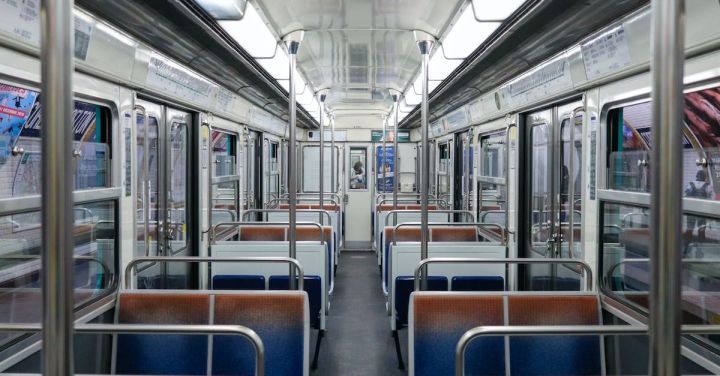The future of railways is set to be a thrilling one, with advancements in technology promising faster and more efficient travel. However, as we strive for greater speed, it is crucial to find the delicate balance between velocity and efficiency. While speed is undoubtedly appealing, it cannot come at the expense of sustainability and cost-effectiveness.
In recent years, high-speed rail networks have gained significant popularity, with countries around the world investing in the development of these systems. These trains, capable of reaching speeds of over 300 kilometers per hour, have revolutionized travel and reduced journey times. However, the question remains – can we maintain high speeds while ensuring optimal energy consumption and minimal environmental impact?
Efficiency in railways is multifaceted, encompassing various aspects, such as energy consumption, infrastructure, and operational practices. One key factor is the design of the trains themselves. By utilizing lightweight materials, streamlining the shape, and optimizing aerodynamics, engineers can reduce energy requirements and increase efficiency. Additionally, advancements in propulsion systems, such as the use of electric motors and regenerative braking, allow for energy recovery and reduced reliance on fossil fuels.
Another crucial aspect of efficiency lies in the railway infrastructure. The alignment and layout of tracks play a significant role in reducing energy consumption and maintaining high speeds. Straighter tracks with gentle curves minimize friction and allow for smoother travel, resulting in increased efficiency. Moreover, the implementation of advanced signaling systems, such as automatic train control, ensures optimal utilization of tracks and reduces unnecessary stops, further enhancing efficiency.
Operational practices also contribute to the overall efficiency of railways. By carefully planning and optimizing timetables, operators can minimize delays and maximize train utilization, resulting in improved efficiency. Additionally, the use of predictive maintenance techniques can help identify potential issues before they cause significant disruptions, further enhancing the reliability and efficiency of the system.
While speed is undoubtedly a crucial factor in railway development, sustainability must not be overlooked. As the world strives to reduce carbon emissions and combat climate change, it is imperative to ensure that high-speed railways are environmentally friendly. This can be achieved through the use of renewable energy sources to power trains, such as solar or wind, as well as the implementation of energy-efficient technologies and practices.
Moreover, the cost-effectiveness of high-speed railways must be considered. While these systems offer undeniable benefits, such as reduced travel times and increased connectivity, they often come with significant upfront investments. It is essential to carefully evaluate the economic viability of such projects, considering factors such as passenger demand, potential revenue streams, and long-term sustainability.
Finding the balance between speed and efficiency in future railways is crucial for their success and widespread adoption. While speed offers immediate benefits, efficiency ensures long-term sustainability and cost-effectiveness. It requires a holistic approach, considering factors such as train design, infrastructure, operational practices, environmental impact, and economic viability.
As we envision a future with faster and more efficient railways, it is vital to strike a balance between speed and sustainability. By leveraging technological advancements, optimizing infrastructure, and adopting efficient operational practices, we can create a railway system that is both fast and environmentally friendly. Moreover, careful consideration of economic factors will ensure the long-term viability of these projects.
In conclusion, the future of railways holds immense promise, but it is essential to balance speed with efficiency. By prioritizing sustainability, cost-effectiveness, and optimal energy consumption, we can create a railway system that not only revolutionizes travel but also contributes to a greener and more connected world.
